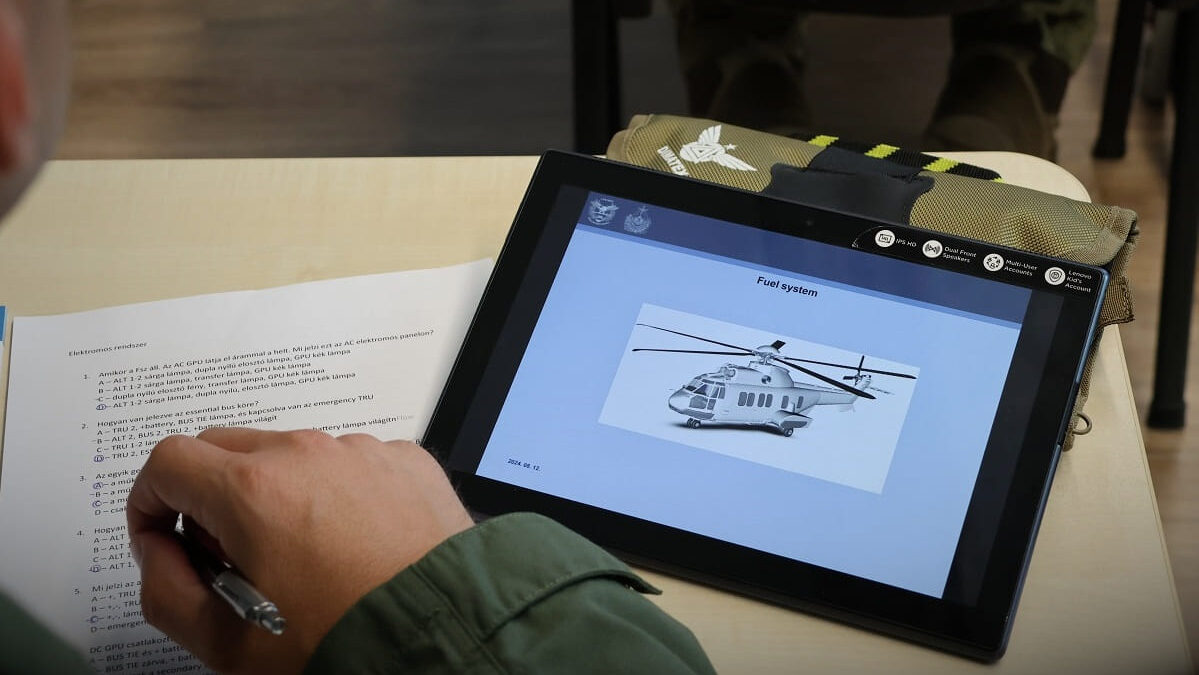Those who complete the training at the Hungarian Defence Forces (MH) Kiss József 86th Helicopter Brigade in Szolnok will have the opportunity to operate one of the best aircrafts in the world.
‘There is no longer a need to travel abroad if we want our pilots to receive training for the H225M helicopter,’ Kiss József 86th Helicopter Brigade stated on Facebook. The post also mentioned that
the retraining of twelve personnel is currently underway at their brigade,
where the pilots are learning the air and ground operation of the helicopters.
‘The H225 is one of the best helicopters in the world: in aviation, performance, and autonomous capability. Even if I wanted to, I couldn’t compare it to anything else because it’s so unique, and I’ve flown several helicopters in my life,’ Major Gábor Oláh, who serves at the HDF’s Kiss József 86th Helicopter Brigade, opined. He added that the manoeuvrability, controllability, and modern technology of this 10–11 tonne aircraft provide world-class flying experience and performance for soldiers.
MH Kiss József 86. Helikopterdandár – hivatalos oldal
Már nem kell külföldre utazni, ha a H225M típusú helikopterre szeretnénk pilótáinknak típus átképzést. 🚁 Jelenleg már tizenkét fő átképzése zajlik dandárunknál, ahol a helikopterek légi-, és földi…
‘Upon completing their retraining, the pilots must pass a theoretical and ground preparation exam; only after successfully doing so can they commence their practical flight training on the H225M helicopter,’ the brigade wrote on social media.
Hungary has ordered 16 H225M medium military transport helicopters for its defence forces, of which the French manufacturer, Airbus Helicopters, has already delivered ten. The versatile aircraft, manned by Hungarian crews, have already been deployed on missions in the Balkans for NATO and in firefighting operations in North Macedonia.
Two new Airbus helicopters arrived in Hungary on 15 July; the first helicopters were received by the brigade on 24 July last year, and the equipment has been arriving continuously since then. In line with NATO expectations,
Hungary has met the desired 2 per cent budget level for military spending for the second year in a row,
with 20 per cent of this allocated to development under the military development programme.
Related articles:








